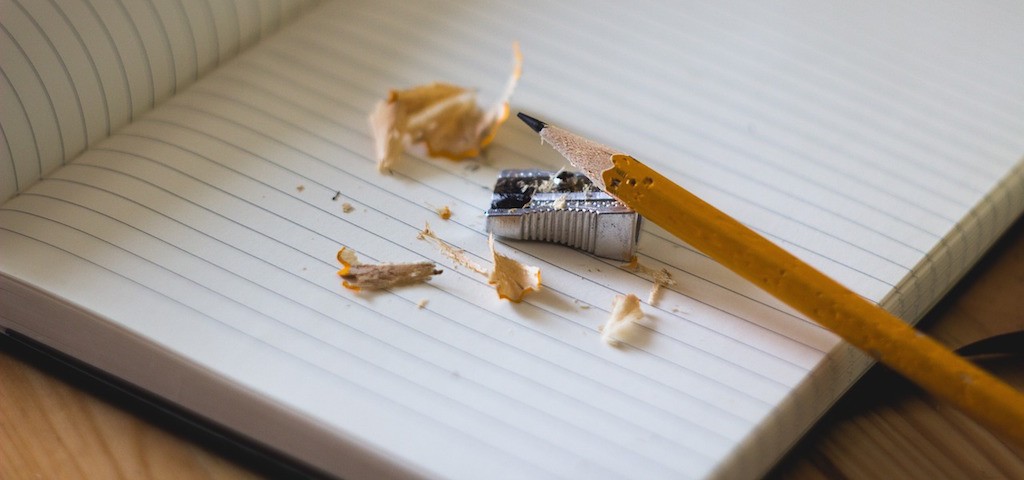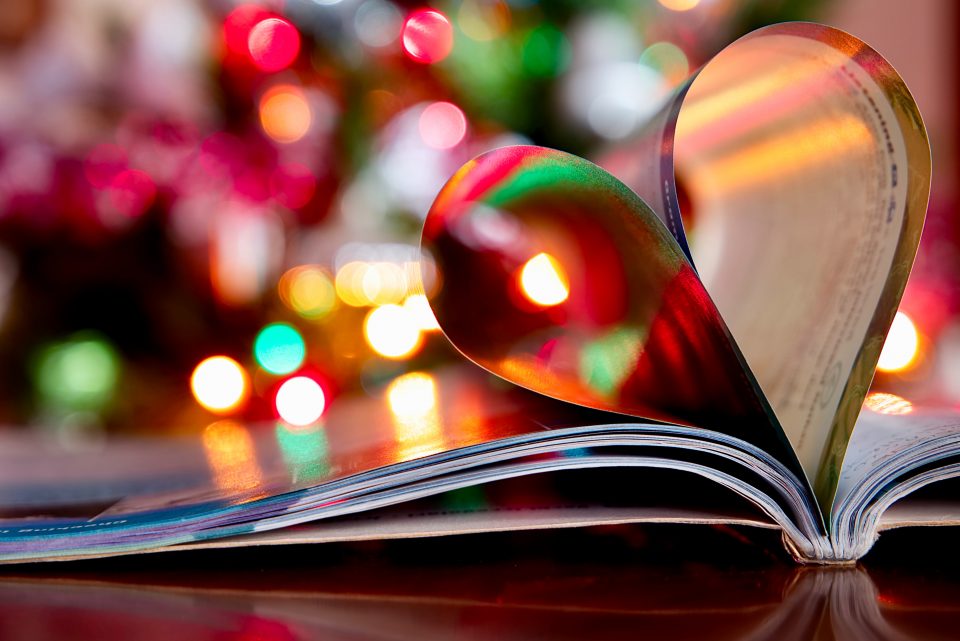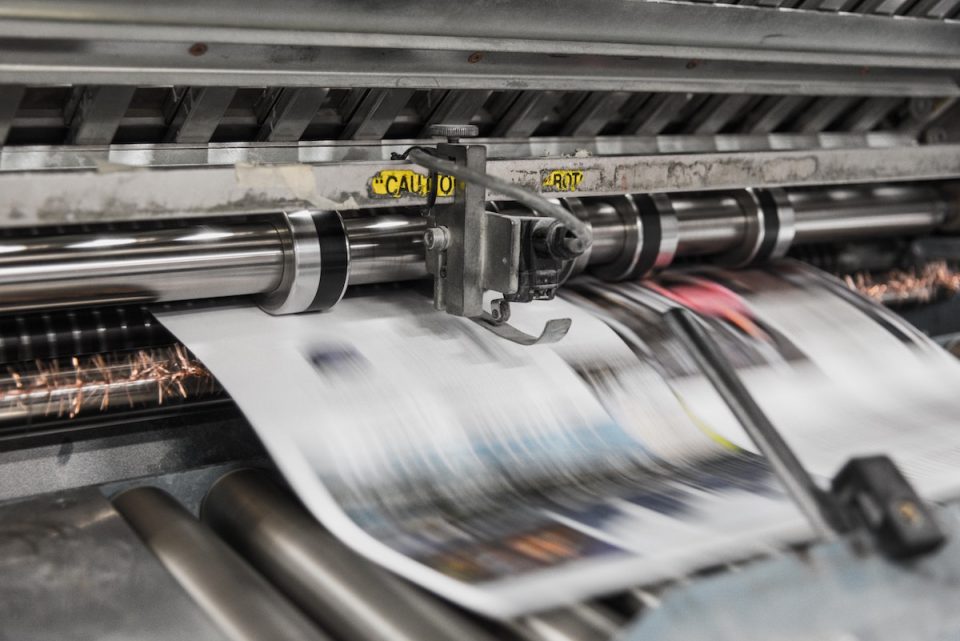Paper is Hot!

Get To Know Mark Cuban
March 31, 2016How paper helps you get things done!
April 14, 2016
In a digital era, there is one tool that has stood the test of time and is still preferred by many over digital technologies: paper and pen.
Technology has come on leaps and bounds in the last couple of decades, so much so that almost everyone carries around handheld devices, including smartphones and tablets. These kinds of devices were created with the intention of replacing all other tools you might need to keep in your bag, such as your camera, diary, music player, map, and notepad and pen. In theory, smartphones and tablets have the capability of achieving this, and very few people feel the need to carry all of these things with them now, but paper and pen are definitely here to stay.
If you attend a tech-industry event these days, dozens of creative startups will be touting their innovative ideas for the latest revolutionary digital device. However, if you look around at the people attentively listening to their ideas, what are they using to take down notes on their fascinating ideas? We have found that the most popular “gadget” for doing so is still the trusty notebook – the traditional paper form of
We have found that the most popular “gadget” for doing so is still the trusty notebook – the traditional paper form of notebook, rather than the laptop by the same name.
The Moleskine journal, in particular, has seen a rise in sales in recent years, amongst the increasing ubiquity of digital devices. According to The New Yorker, Moleskine sold more than 17 million notebooks last year and made in excess of ninety million Euros in revenues from sales of their paper product, which was a massive increase on their sales in 2010, standing at just over 50 million Euros.
Far from the ambition of a “paperless office” that keeps being promised, it seems that paper is making a comeback to be the preferred method of note taking.
The simple fact is that, despite all of the benefits and functionalities of digital devices, pen and paper is just a more effective and efficient way of taking notes and recording your thoughts and ideas. Now that the novelty of digital note taking has worn off, more and more people are starting to realise this.
Writing down notes on paper, in a meeting or a lecture, for example, has been proven to be a much more effective way of understanding and memorising the information than typing it out on a laptop.
It’s also much easier to stay focused on a task when you don’t have dozens of app icons in front of you, just waiting to take you away from the task you are working on. Some large firms are even going so far as to ban the use of digital devices during staff meetings, to reduce the number of distractions and to boost productivity.
The Moleskine journal is a traditional, effective, distraction-free method of note taking that has stood the test of time. Will the paperless office ever come to be, or will paper continue to reign supreme in maintaining productivity in the office environment?



